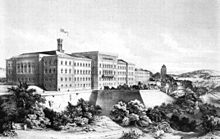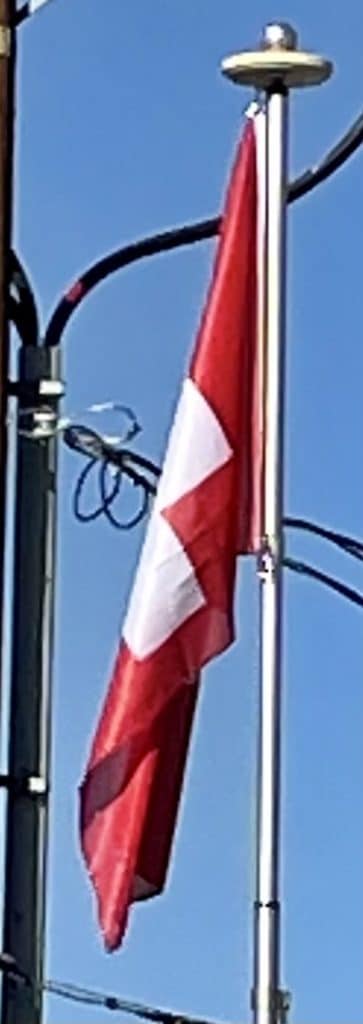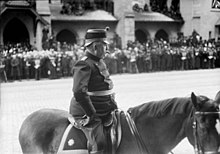

Switzerland
The war convinced most Swiss of the need for unity and strength towards its European neighbors. Swiss people from all strata of society, whether Catholic or Protestant, from the liberal or conservative current, realized that the cantons would profit more if their economic and religious interests were merged.
Thus, while the rest of Europe saw revolutionary uprisings, the Swiss drew up a constitution which provided for a federal layout, much of it inspired by the American example. This constitution provided for a central authority while leaving the cantons the right to self-government on local issues. Giving credit to those who favored the power of the cantons (the Sonderbund Kantone), the national assembly was divided between an upper house (the Council of States, two representatives per canton) and a lower house (the National Council, with representatives elected from across the country). Referendums were made mandatory for any amendment of this constitution. This new constitution also brought a legal end to nobility in Switzerland.
A system of single weights and measures was introduced and in 1850 the Swiss franc became the Swiss single currency, complemented by the WIR franc in 1934. Article 11 of the constitution forbade sending troops to serve abroad, marking the end of foreign service. It came with the exception of serving the Holy See, and the Swiss were still obliged to serve Francis II of the Two Sicilies with Swiss Guards present at the Siege of Gaeta in 1860.
An important clause of the constitution was that it could be re-written completely if this was deemed necessary, thus enabling it to evolve as a whole rather than being modified one amendment at a time.
This need soon proved itself when the rise in population and the Industrial Revolution that followed led to calls to modify the constitution accordingly. An early draft was rejected by the population in 1872 but modifications led to its acceptance in 1874. It introduced the facultative referendum for laws at the federal level. It also established federal responsibility for defense, trade, and legal matters.
In 1891, the constitution was revised with unusually strong elements of direct democracy, which remain unique even today.
Modern History:
During World War II, detailed invasion plans were drawn up by the Germans, but Switzerland was never attacked. Switzerland was able to remain independent through a combination of military deterrence, concessions to Germany, and good fortune as larger events during the war delayed an invasion. Under General Henri Guisan, appointed the commander-in-chief for the duration of the war, a general mobilization of the armed forces was ordered. The Swiss military strategy was changed from one of static defence at the borders to protect the economic heartland, to one of organized long-term attrition and withdrawal to strong, well-stockpiled positions high in the Alps known as the Reduit. Switzerland was an important base for espionage by both sides in the conflict and often mediated communications between the Axis and Allied powers.

